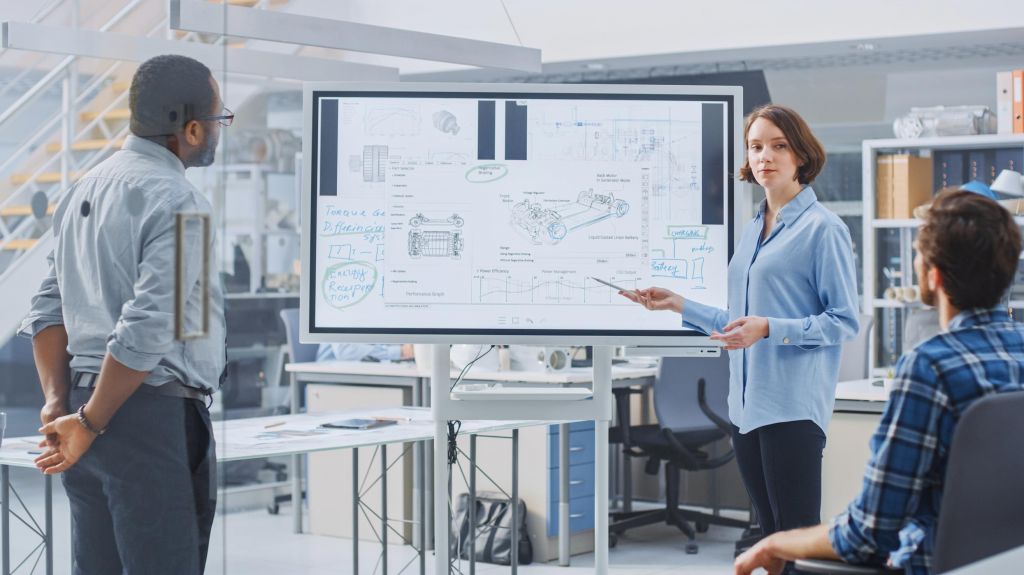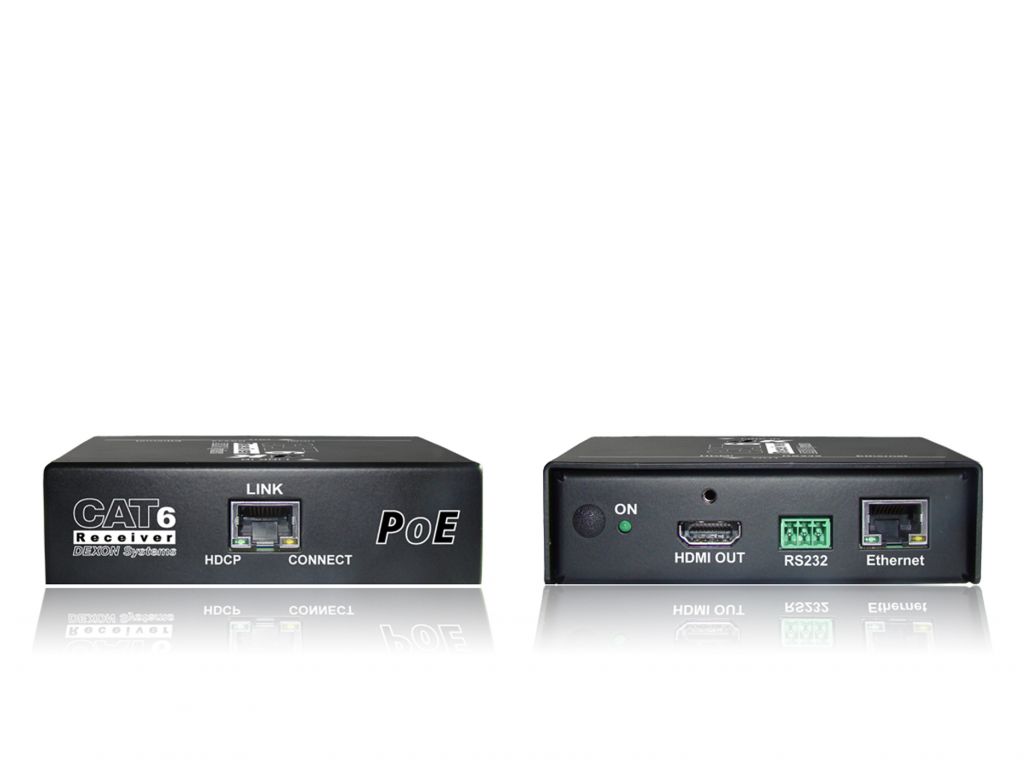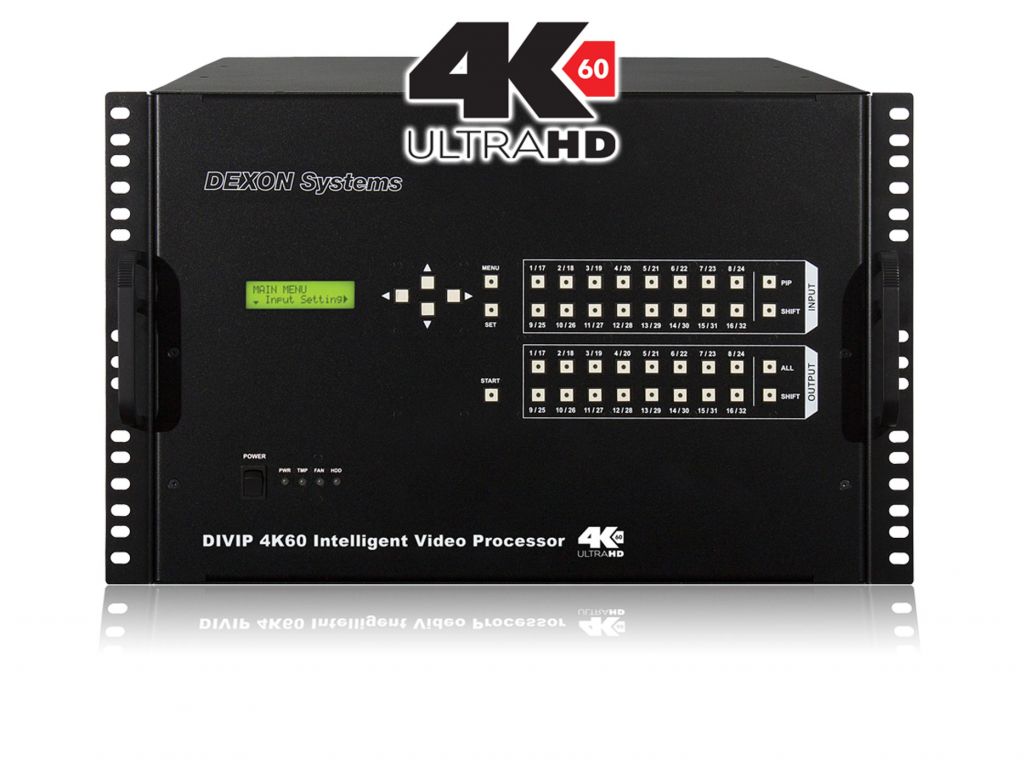Conference Planning: 15 Steps Guide
Conferences are some of the most important events in business and help professionals like you communicate important business updates or engage new audiences with exciting content that drives business.
However, as exciting as they are, conferences take a great deal of planning and preparation. This is because there are so many things that you have to think about to stage the perfect conference for all your attendees.
Prompt conference planning is essential to ensure that you consider all the necessary steps to creating an engaging and enjoyable conference for your business colleagues, potential consumers and partners.
To make it much easier for you to create an impressive conference, we’ve compiled all the necessary planning steps you need to consider when you’re planning a conference.
To find out what you need to keep in mind for an amazing conference, just keep reading!
Why is prompt conference planning crucial?
Before we get into any specific conference planning steps, it’s very important that we first discuss why planning a conference and ensuring you consider all the necessary elements are crucial.
The first reason conference planning is essential is that conferences can become large-scale events requiring extensive personnel to manage them. From setting up stages and AV equipment to finding caterers to provide refreshments to hundreds of attendees, these events have many moving parts.
Because of these moving parts, being disorganized in the early project planning stages can devastate the conference’s success. A well-planned conference helps professionals secure the correct equipment and personnel to stage a successful event.
Another reason why professionals benefit from creating a comprehensive conference plan is that it helps them budget for expensive conferencing equipment, venues and personnel. Without proper planning, conferences can quickly become very expensive events.
This makes it much harder for professionals to gather a return on their investment, resulting in profit loss. Creating an effective conference plan allows professionals to research the most cost-effective suppliers and vendors for their event, avoiding significant losses.
Lastly, conference planning is integral as it provides professionals with the opportunity to focus on their goals and make strategic decisions based on achieving their objectives. It also facilitates proper reflection on previous conference-like events and allows professionals to incorporate successful tactics from previous events and omit unsuccessful strategies.
Step-by-step guide: 15 things to keep in mind when planning a conference
To help you create the best conference you can, here’s a list of 15 things that we think you should keep in mind during your conference planning stages:
1. Establish goals
Establishing your project goals is one of the best ways to kick-start your planning process. Regardless of your conference size, you’re likely to have specific goals regarding the impact you wish to have on your audience, return on investment, calls to action, and so much more. Establishing this before you begin your conference can help you generate specific strategies that facilitate these objectives.
You should ask yourself important questions about your audience impact, conference size, ideal immediate outcomes, and what long-term impact you hope the conference has on your business progression. These questions will help you formulate a well-rounded image of your conference goals and help you approach your conference planning with a clearer direction.

2. Assemble a team
Working in solitude isn’t just lonely; it can also have a detrimental impact on your planning process and conference. As we've mentioned, conferences have a lot of moving parts, and it can be difficult to keep track of each element.
One of the best ways to give yourself the best chance at creating a well-thought-out and detailed conference is to assemble a team to take care of each conference element. You can allocate a professional to manage AV equipment procurement, one to liaise with vendors and suppliers, one to manage the budget and another to create content.
Similar to a project management team, you’ll be able to assign bite-size tasks to your team and complete your deliverables much faster than if you were to work alone. This is especially beneficial if you’re creating a large conference with hundreds in attendance!
3. Create a theme
Creating a theme for your conference isn’t only a fun activity; it can give you a lot of inspiration and guidance on how best to proceed with your conference. Defining a theme will help you make important decisions about lighting, staging, conference content, food choices, and so much more. Having a definitive theme early on in the project planning process can also help you liaise with the right suppliers and vendors who can provide equipment and supplies that align with your theme. Without a theme, your conference might feel a little aimless!
4. Make a budget and a business plan
One of the most important steps to planning a successful conference is creating an effective budget and corresponding business plan. Most elements of your conference will cost some money, so it’s beneficial to have a pre-allocated amount of money set aside for each conferencing element to guide your buying journey.
You can set aside a certain amount for AV equipment to ensure you find lighting, sound and visual equipment that fits your exact budget, avoiding overspending. Your budget should coincide with your business plan to avoid any significant losses. This is especially important to think about if you’re creating a conference that caters to hundreds of attendees.
Money-saving tip! - Try to find a venue with AV equipment like interactive whiteboards, microphones, screens and sound gear in-house. You may be able to rent their equipment for your conference, dramatically reducing your operational costs.

5. Find a venue that aligns with your goals
Locating a venue for your conference is one of the most important tasks you’ll need to tackle when you begin your conference planning. Your venue will contribute to your conference’s success, so you need to find a venue that closely aligns with your goals.
But what does this mean? When we talk about a venue aligning with your goals, we’re referring to whether your audience can facilitate your audience size, audience requirements and engagement objectives.
That means you’ll need to find a venue with the right facilities that are within a decent range of transport links, can host the necessary AV equipment to boost your engagement levels and is within your budget. When finding a venue, make sure it has the following to consider your audience requirements:
- Accessible facilities for guests with different mobility needs, such as wheelchair ramps and assistive doors
- WiFi access for all guests
- Charging outlets
- Phone signal
- Good acoustics
- Comfortable seating
- Good proximity to toilets, with accessible toilets on site
6. Settle the date and book the venue
Once you’re happy with your venue choice, you should plan the date. Your date should be at a convenient time for all attendees. If you’re staging a large work conference for your colleagues, consider sending around a group of dates for your colleagues to vote on the most convenient time and date for them. This is especially important if one of your primary goals is to have as many attendees as possible.
When comfortable, find the appropriate time to book the venue. When doing this, you should aim to provide the venue owners with as much information about your conference as possible. That includes your expected attendance number, equipment requirements and the number of necessary staff.
7. Schedule the program
A comprehensive program is the key to success in putting a conference together. The conference program is a detailed schedule that outlines your conference timings, including the time slots for certain topics, what they’ll contain, who will be speaking and more.
Not only is creating a program essential for handing to your audience at the start of your event, but mapping out your conference content will help you understand what resources you’ll need for certain events. For example, if you’re scheduling a presentation, you can plan out which AV equipment you’ll need to facilitate this.
Scheduling your program during the planning stages will also help you create a timetable for your day, ensuring no events overlap or overrun so your attendees can get the most out of the conference.

8. Promote the conference
Promoting your conference is one of the most important stages of conference planning. Promotion and the materials you use to promote the event significantly impact how successful your conference will be.
Promotion not only increases awareness of your event but builds hype. Find exciting ways to promote your event. Your attendees will feel more inclined to attend your conference, making the possibility of achieving your primary objectives all the more likely!
Why not make use of AV professionals and create an engaging advertisement, or you can create posters to hand out to the public? Make sure to utilize social media as much as possible to spread awareness about your event!
9. Have a crew for all fields
Having an AV crew is one of the best things you can do for your conference. AV equipment can be very tricky, especially if you’re not experienced with using this technology.
Ensuring your video walls, controllers, processors and switchers all work in unison to create an engaging display can be hard to do by yourself. Having a dedicated crew can ensure your conference runs smoothly at all times by minimizing the chances of technological faults! You can apply this to your whole conference, too!
You can have a crew to greet guests and hand out any supporting material like programs, a crew to handle refreshments and a crew to help you change sets and displays in between events! Hand hands truly do make light work when it comes to conferences!
10. Have a conference planning checklist
It seems strange to have a checklist alongside your plan, but creating a comprehensive planning checklist is the best way to make sure you don’t miss out on any important planning steps. You should create this checklist early in your planning process and tick off each task as you go. You can use this to observe how quickly you’re hitting major planning milestones!
11. Prepare the venue
Before your conference, you should take a few days to prepare your venue. That includes laying out your seating arrangements, ensuring all staff understand their requirements for the conference, all your technology operates according to your plans, and all facilities are in working order.
Not only will this make you feel a lot more prepared and relaxed on the day of your conference, but this will also give you plenty of time to identify any errors in your operating equipment, such as your display, audio or lighting gear. From this, you can quickly replace any faulty equipment and continue with your scheduled events!
12. Find the right AV equipment
The most important part of your conference planning is procuring the correct AV equipment. Conferences rely heavily on visual, audio and lighting for engagement. The best AV equipment will engage all of your audience’s senses and immerse them in your conference, boosting engagement levels.
To do this, you should consider securing alternative display equipment, such as video walls. Video walls are a great way to create dynamic displays for your audience. You can easily isolate screens, display multiple snippets of information, stream web-based content, and display supporting information for your conference when you use a video wall!
Your audience will also appreciate a deviation from the standard projector and blank screen, positively impacting your engagement levels. Of course, you’ll need the right equipment, so you should consider using a video wall processor to control and transform video signals into viewable content, a controller to display a Windows operating system and a matrix switcher to seamlessly switch between different input signals.
Having the correct equipment will help you generate interesting effects, stream different types of visual content and take your production value to new heights!
13. Keep to the scheduled program
During your conference planning stages, it may be tempting to throw in additional events or deviate from your schedule, but you should never do this too late into the conference planning stages. This is because your AV team will have dedicated cues for lighting and sound effects, and your audience will expect to attend certain events at the correct time!
14. Gather feedback from your attendees
During conference planning, you should always plan a way to gather feedback from your audience. Gathering feedback is the best way to stage an even more effective conference in the future! To gather audience feedback, consider using online forms and creating a link that your attendees can follow after the event to a feedback form!
15. Find ways to keep in touch with your attendees after the event
All successful conference creators will tell you that the event doesn't finish after you close the doors, pack up your equipment and shut off the lights. Suppose one of your primary conference objectives is to foster new customer relationships or business ventures. In that case, you’ll need to devise a way to keep in touch with your attendees after the event.
You should dedicate a planning stage to finding the most convenient way for attendees to contact you with questions about your conference, feedback or where they can find your products or business services. Why not create a mailing list, for example, so your attendees can keep up-to-date with your latest business developments?
Final thoughts
If you’re looking for effective conferencing technology that can help you transform the visual part of your conference into a cinematic experience, check out DEXON’s incredible collection of processors, switches and controllers. Are easy-to-use video wall equipment is specially designed to help you take your audience engagement levels to new heights, so don’t miss out on an incredible opportunity to revolutionize your conferencing technology!

